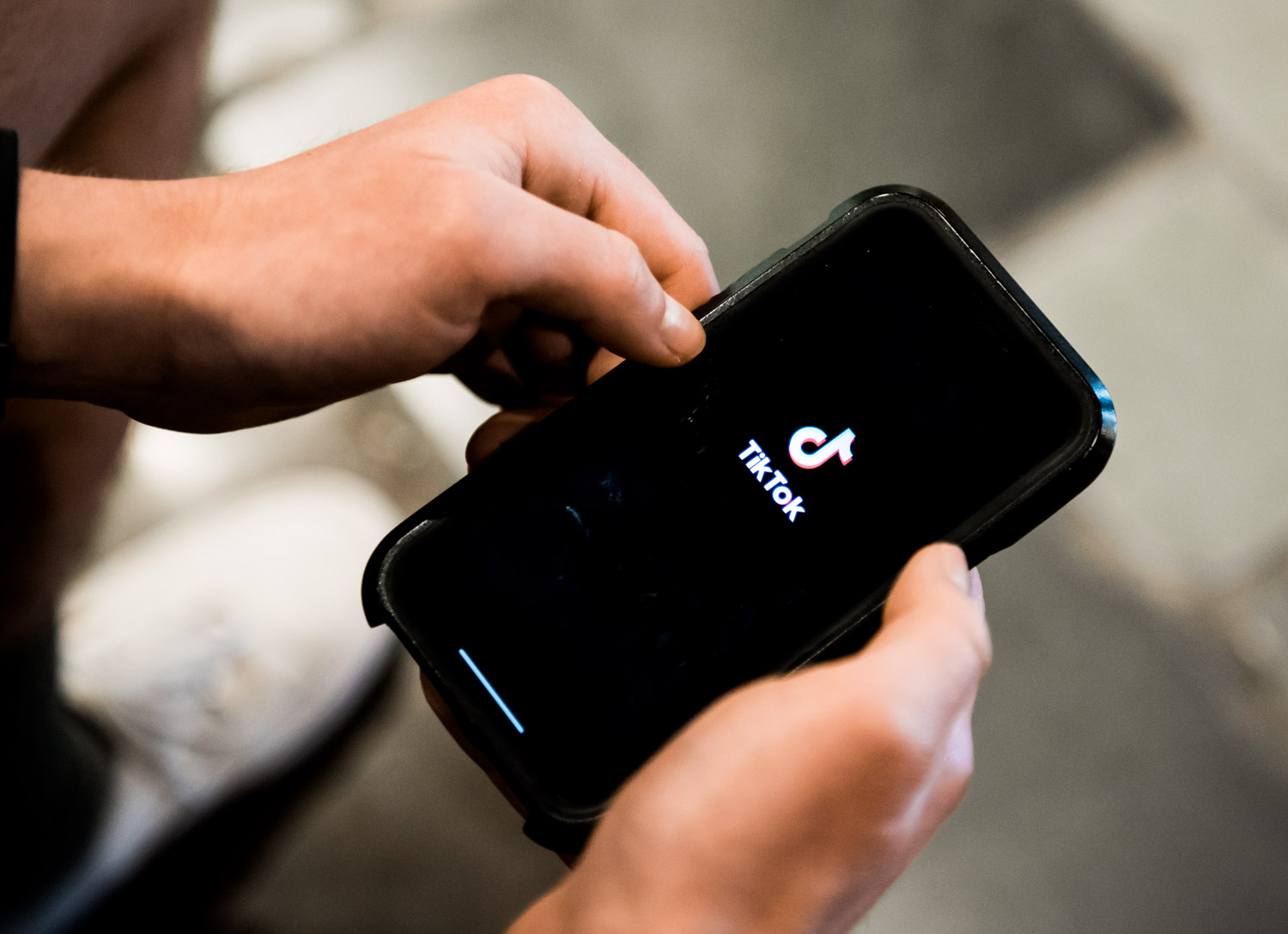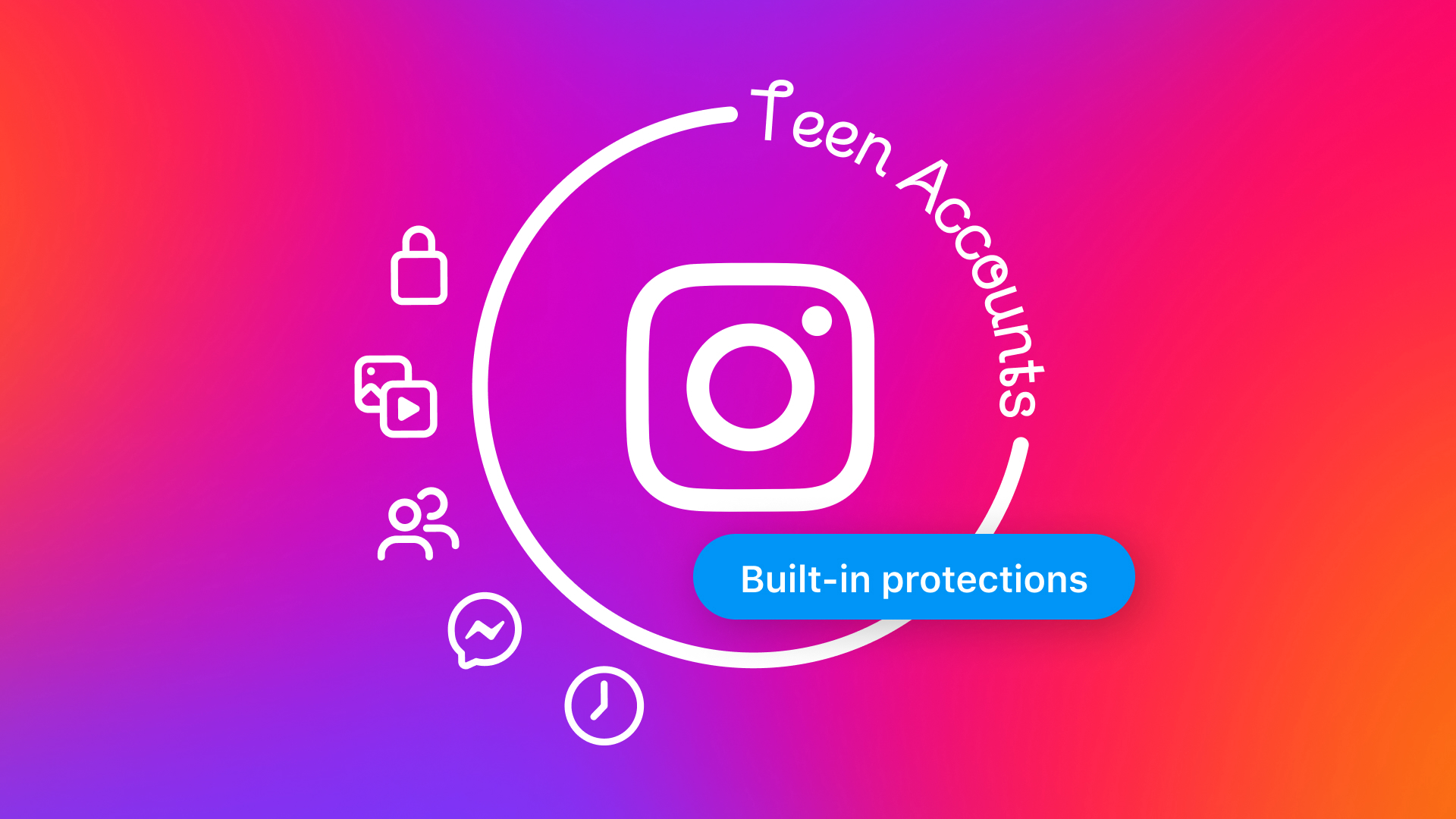Phone-Free School Act bans cellphones in K-12 schools, emphasizes mental health

The social media app TikTok is pictured on a cell phone screen. California recently passed a law banning the usage of cell phones in K-12 schools. (Daily Bruin file photo)

By Amy L. Wong
Jan. 6, 2025 7:56 p.m.
Gov. Gavin Newsom approved an act to ban the use of cell phones in K-12 schools in September 2024.
Assembly Bill 3216 – also known as the Phone-Free School Act – mandates that every school district, charter school or county office of education at the K-12 level develop a rule that will prohibit or limit student use of cellphones when at school or under the supervision of an employee of the school district by July 2026. The act received bipartisan support.
The Phone-Free School Act builds on the 2019 Assembly Bill 272, which gave school districts the power to control phone usage when at school.
Assemblymember Josh Lowenthal, one of the act’s authors, said the youth mental health crisis is one of the primary reasons he introduced the law. Young people spend five hours a day on average on social media alone, he added, which is almost the same amount of time they spend in school.
“We have a huge spike in suicide rate, eating disorders, depression and anxiety than we did 10 years ago,” Lowenthal said. “All of that points to the impact social media and digital life has on young people.”
Lowenthal also said the law seeks to limit the use of social media and group chats in school to minimize cyberbullying and increase self-confidence. He added that the law will help students focus when they are at school, which is critical for their development and futures.
Patricia Greenfield, a distinguished professor of psychology, said in an emailed statement that digital distraction is detrimental at the college level and further proves why the Phone-Free School Act should be passed.
She added in the statement that in her own classroom, instead of focusing on the material in class, students use their electronic devices for other activities, including shopping. Greenfield said in the statement that she conducted an experiment in one of her classes, Psychology 133G: “Culture and Human Development,” and found that those who did not use electronics during class performed at higher levels on the midterm and final.
One concern about the implementation of the act is the anxiety it may create for young people who use their phones frequently, Greenfield said in the statement.
“Our very early findings suggest that, for sixth-graders, anxious responses to not being sure where your phone is may overwhelm the cognitive advantage of reducing digital distraction,” she said in the statement. “For policies to be effective, policies (and parents) may have to limit phones in ways that do not produce anxiety.”
The constant use of phones also limits students’ social interactions, said Julie Flapan, director of the Computer Science Equity Project at UCLA Center X. These interactions can be meaningful for improving students’ mental health, she added.
“Learning how to navigate that (social interactions) is a really important part of youth, whether you’re in K-12 or in college,” Flapan said. “Having those personal interactions are really important for our emotional development, for our mental health, for our sense of community and for a sense of agency in the world.”
An important element of the Phone-Free School Act is that local communities have a high level of control over implementation, Flapan said. Significant community input helps to create effective policies for where the policy will be implemented, she added.
Every school district will be able to determine its own rules to prohibit or limit phone usage, Lowenthal said. For example, the Los Angeles Unified School District uses cellphone bags, and some schools in the Los Alamitos Unified School District use phone caddies to store phones away during class, he added.
The bill also makes notable exceptions, Lowenthal said, adding that students will be allowed to use their phones during any emergencies, including school shootings. Future implications of this law include technology policies protecting the mental health of everyone at the local or state level rather than the federal level, he added.
“This mental health crisis and how tech and telecom have a responsibility in making sure that we’re healthy, … it starts with kids, but it doesn’t end with kids,” Lowenthal said. “It’s ultimately about all of us.”




